A previously rare fungus known as Curreya pithyophila is now infesting shoots and branches of Scots pine in an apparently symbiotic association with the native adelgid species, Pineus pini. So far, we have many records of it from across Scotland, however none from Wales and just one from England (Devon).
Curreya pithyophila colonises the outer bark of Scots pine as a black stroma on which are embedded many hundreds of fruiting bodies which exude the fungal spores. The fungus is frequently observed encircling young branches at shoot junctions. Encased beneath the fungal stroma at its margins are colonies of adelgid nymphs which feed on the phloem causing damage to host tissues.
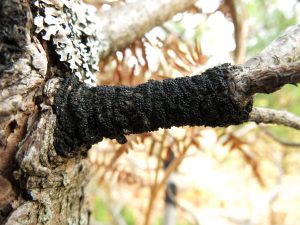
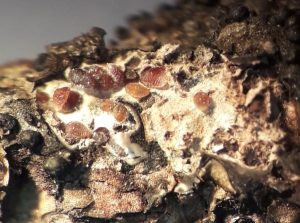
Affected Scots pine also exhibits abundant blackened shoot and branch cankers. The primary cause of these cankers may be adelgid feeding in association with C. pithyophila, with wound sites subsequently colonised by a native fungal species Crumenulopsis sororia which causes the black, slowly expanding cankers that can be so disfiguring.
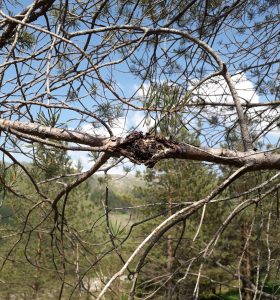
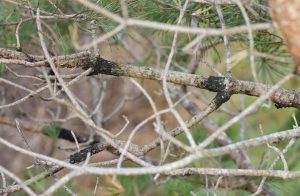
Some Scots pines show high levels of infestation and weak or suppressed trees can exhibit severe dieback, but the most common symptom is crown thinning and dieback of shoots and branches in the lower crown.
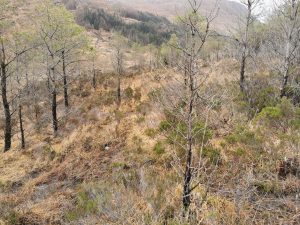
Curreya pithyophila and its association with adelgids has been described occasionally from the UK, continental Europe and North America on various conifer species since the 1800s, yet it remains obscure in the literature. We are working to understand the possible reasons for this current, widespread infestation on Scots pine in Scotland.
We are very interested in any new findings, particularly in England and Wales, so please report your findings to TreeAlert.
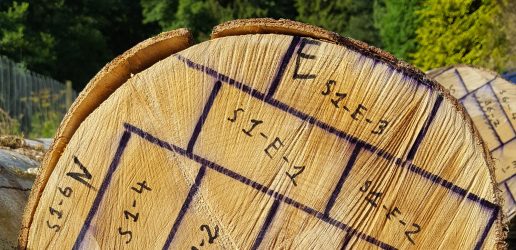
Forest Research, in partnership with Edinburgh Napier University, have taken a first step in systematically assessing the timber potential of underutilised species in the UK.
Tree professionals working in arboriculture are being asked to take part in a new tree health survey as part of a DEFRA-funded project looking at pathways and practices concerning the tree disease, canker stain of plane.
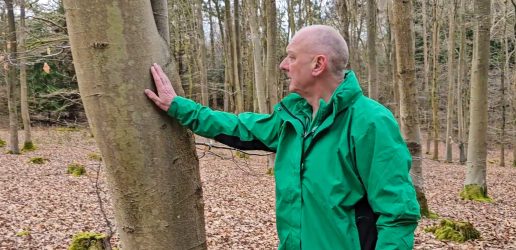
Nature, the world’s leading multidisciplinary science journal, has published findings from a new global study investigating which tree species fix the most carbon.

Forest Research, in partnership with Edinburgh Napier University, have taken a first step in systematically assessing the timber potential of underutilised species in the UK.
Tree professionals working in arboriculture are being asked to take part in a new tree health survey as part of a DEFRA-funded project looking at pathways and practices concerning the tree disease, canker stain of plane.

Nature, the world’s leading multidisciplinary science journal, has published findings from a new global study investigating which tree species fix the most carbon.
Notifications